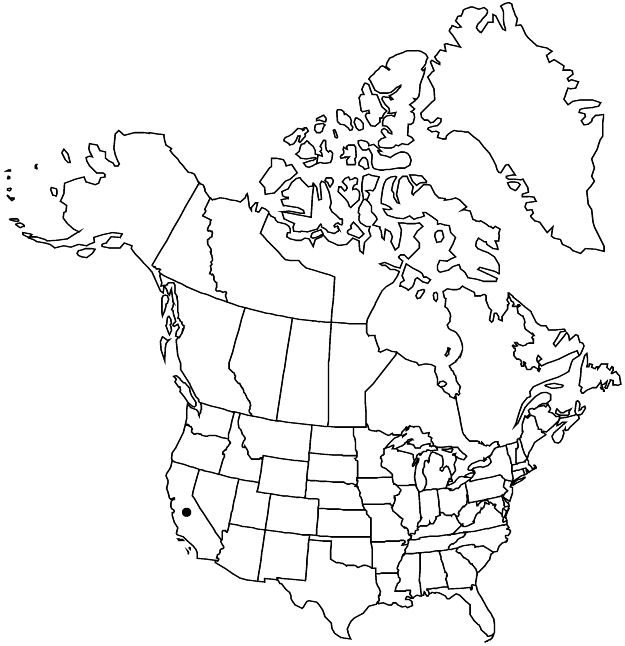Difference between revisions of "Ceanothus crassifolius var. planus"
Bull. New York Bot. Gard. 6: 415. 1910.
Endemic
imported>Volume Importer |
imported>Volume Importer |
||
| Line 50: | Line 50: | ||
|publication year=1910 | |publication year=1910 | ||
|special status=Endemic | |special status=Endemic | ||
| − | |source xml=https:// | + | |source xml=https://bitbucket.org/aafc-mbb/fna-data-curation/src/2e0870ddd59836b60bcf96646a41e87ea5a5943a/coarse_grained_fna_xml/V12/V12_660.xml |
|genus=Ceanothus | |genus=Ceanothus | ||
|subgenus=Ceanothus subg. Cerastes | |subgenus=Ceanothus subg. Cerastes | ||
Latest revision as of 19:16, 5 November 2020
Leaf blades 12–20(–27) × 8–15(–23) mm, margins entire to weakly denticulate, thick to weakly revolute, abaxial surface sparsely tomentulose to glabrate, veins evident. Capsules 6–9 mm wide.
Phenology: Flowering Jan–Apr.
Habitat: Ridges, slopes, chaparral.
Elevation: 200–1200 m.
Discussion
Variety planus is restricted to coastal slopes of San Luis Obispo County and the western Transverse Ranges in Santa Barbara, Ventura, and western Los Angeles counties. Reports of var. planus from the outer Peninsular Ranges may be based on hybrids between var. crassifolius and Ceanothus cuneatus (M. Van Rensselaer and H. McMinn 1942).
Selected References
None.
Lower Taxa
None.
